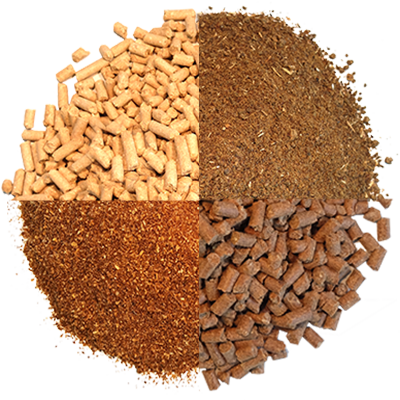If you're on a gluten-free diet, you don't have to miss out on the joy of enjoying a plate of pasta. With the help of guar gum powder, you can create gluten-free pasta that's just as delightful as the traditional version. In this step-by-step tutorial, we'll guide you through the process of making gluten-free pasta using guar gum powder to achieve the desired texture.
1. Crafting Delicious Gluten-Free Pasta with the Magic of Guar Gum Powder
Gluten-free pasta has become a staple for many, whether due to dietary restrictions or personal preference. Making gluten-free pasta from scratch allows you to control the ingredients and customize your pasta to your liking. Guar gum powder, a natural thickener and binder, plays a crucial role in achieving the desired texture in gluten-free pasta.
2. Understanding Guar Gum
Before we dive into the pasta-making process, let's briefly understand what guar gum is and its role in gluten-free cooking. Guar gum is derived from guar beans and is known for its ability to add elasticity and structure to gluten-free recipes. It acts as a binding agent, mimicking the properties of gluten in traditional wheat-based recipes.

3. Ingredients You'll Need
To make gluten-free pasta with guar gum powder, gather the following ingredients:
- 1 cup of gluten-free flour blend (ensure it contains xanthan gum)
- 1 teaspoon of guar gum powder
- 2 large eggs
- 1 tablespoon of olive oil
- 1/2 teaspoon of salt
- Water (as needed)
4. Step-by-Step Guide to Making Gluten-Free Pasta
Let's start crafting your delicious gluten-free pasta.
Step 1: Gather Your Supplies
Ensure you have all your utensils and ingredients ready before you begin. You'll need a rolling pin, a pasta machine (if available), a sharp knife, and a clean working surface.
Step 2: Preparing the Pasta Dough
- In a large mixing bowl, combine the gluten-free flour blend, guar gum powder, and salt.
- Create a well in the center of the dry ingredients and add the eggs and olive oil.
- Begin mixing the wet and dry ingredients together with a fork or your hands until a dough forms.
- If the dough seems too dry, add water one tablespoon at a time until it comes together into a cohesive ball.
- Knead the dough for a few minutes until it's smooth and elastic. If it's too sticky, add a bit more flour.
Step 3: Rolling Out the Dough
- Divide the dough into smaller portions, making it easier to work with.
- Roll out one portion of the dough on a lightly floured surface using a rolling pin. Aim for a thickness of about 1/8 inch (3mm).
- If you have a pasta machine, you can use it to achieve an even thinner dough by gradually passing it through the rollers.
Step 4: Cutting the Pasta
- Once you have rolled out the dough to your desired thickness, use a sharp knife or a pasta cutter to cut it into your preferred pasta shape-whether it's fettuccine, spaghetti, or any other style.
- Toss the freshly cut pasta with a bit of gluten-free flour to prevent sticking.
Step 5: Cooking Your Gluten-Free Pasta
- Bring a large pot of salted water to a boil.
- Carefully add your gluten-free pasta to the boiling water and cook it for about 2-3 minutes or until it reaches your desired level of doneness.
- Gluten-free pasta tends to cook faster than traditional pasta, so keep a close eye on it.
- Drain the pasta and use it in your favorite gluten-free recipes or serve it with your preferred sauce.
5. FAQs About Using Guar Gum in Pasta
6. Conclusion
Making gluten-free pasta at home is a rewarding endeavor that allows you to enjoy this beloved dish while adhering to dietary restrictions. Guar gum powder serves as a valuable ingredient in achieving the desired texture and structure in your gluten-free pasta. By following the step-by-step guide provided here, you can create delicious homemade gluten-free pasta that will impress even the most discerning pasta lovers. So, roll up your sleeves, gather your ingredients, and embark on a culinary journey to savor the delights of gluten-free pasta made with guar gum powder.
Web Design & Digital Marketing by Opal Infotech

